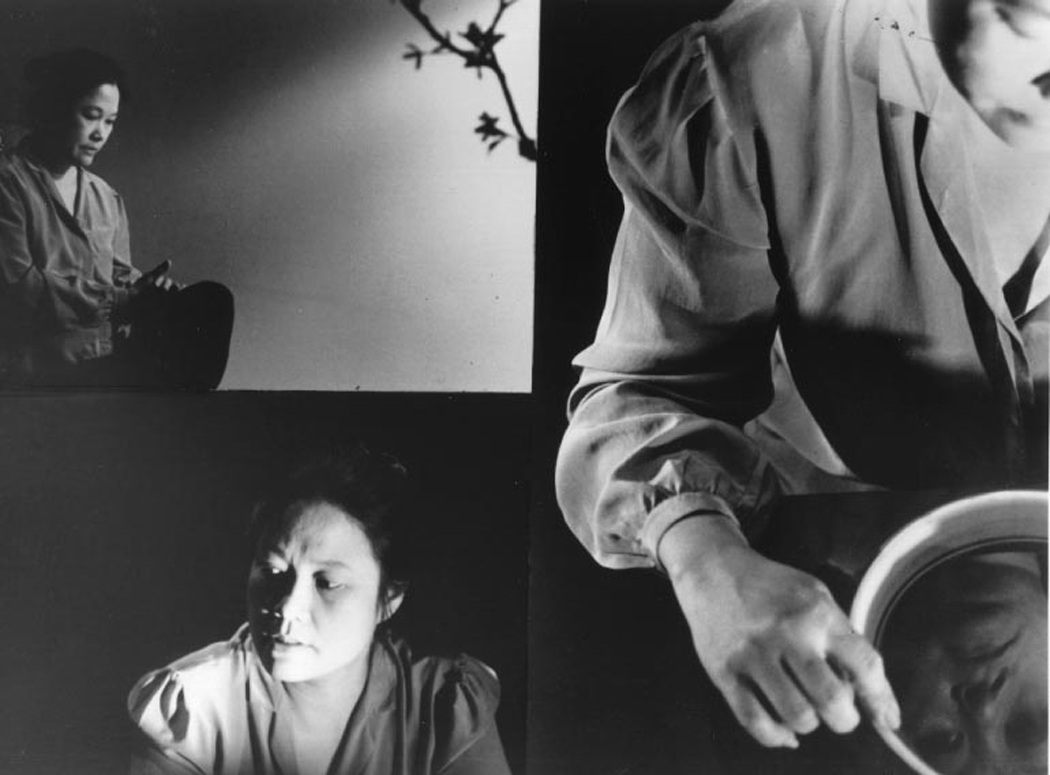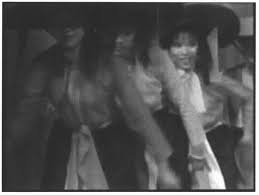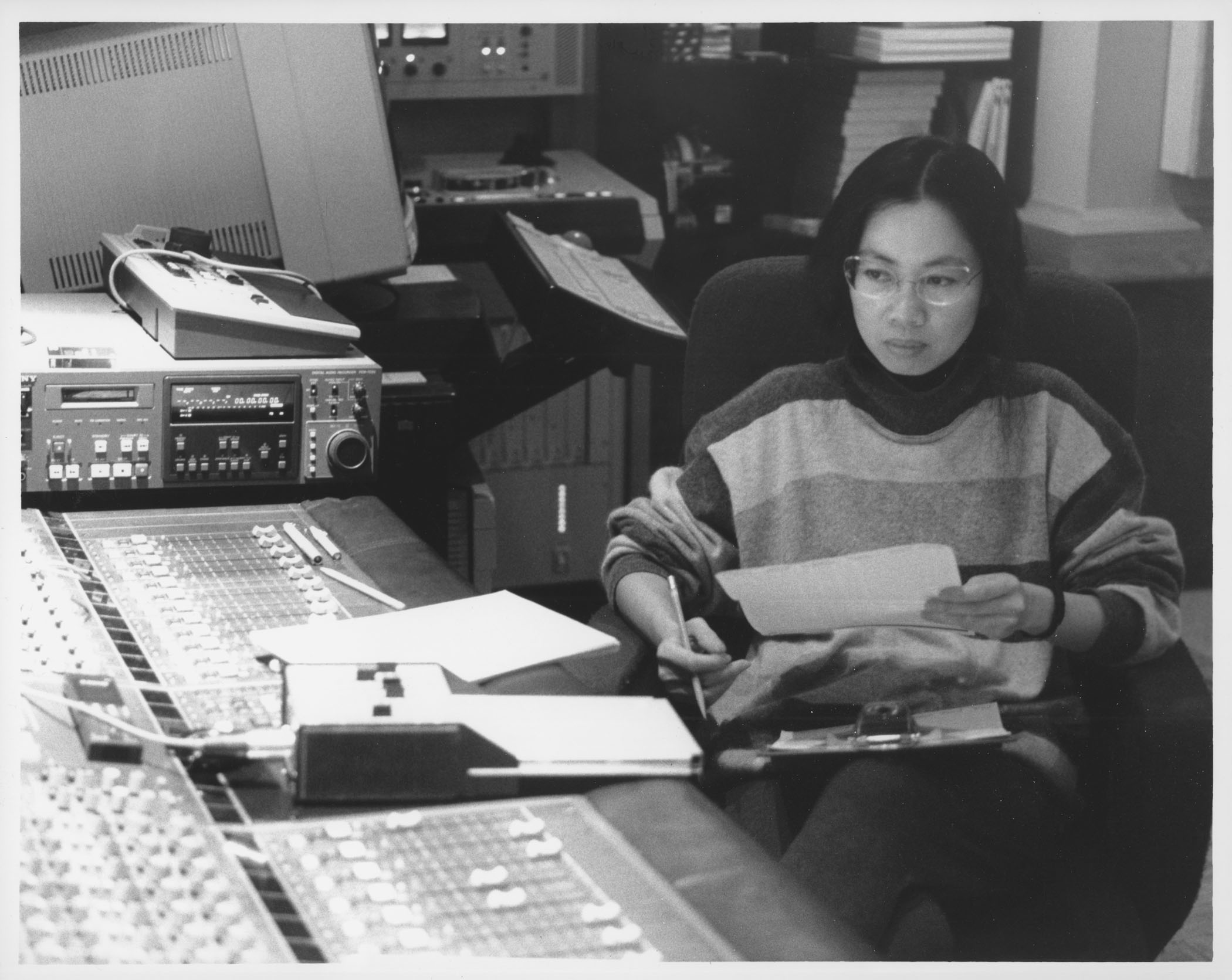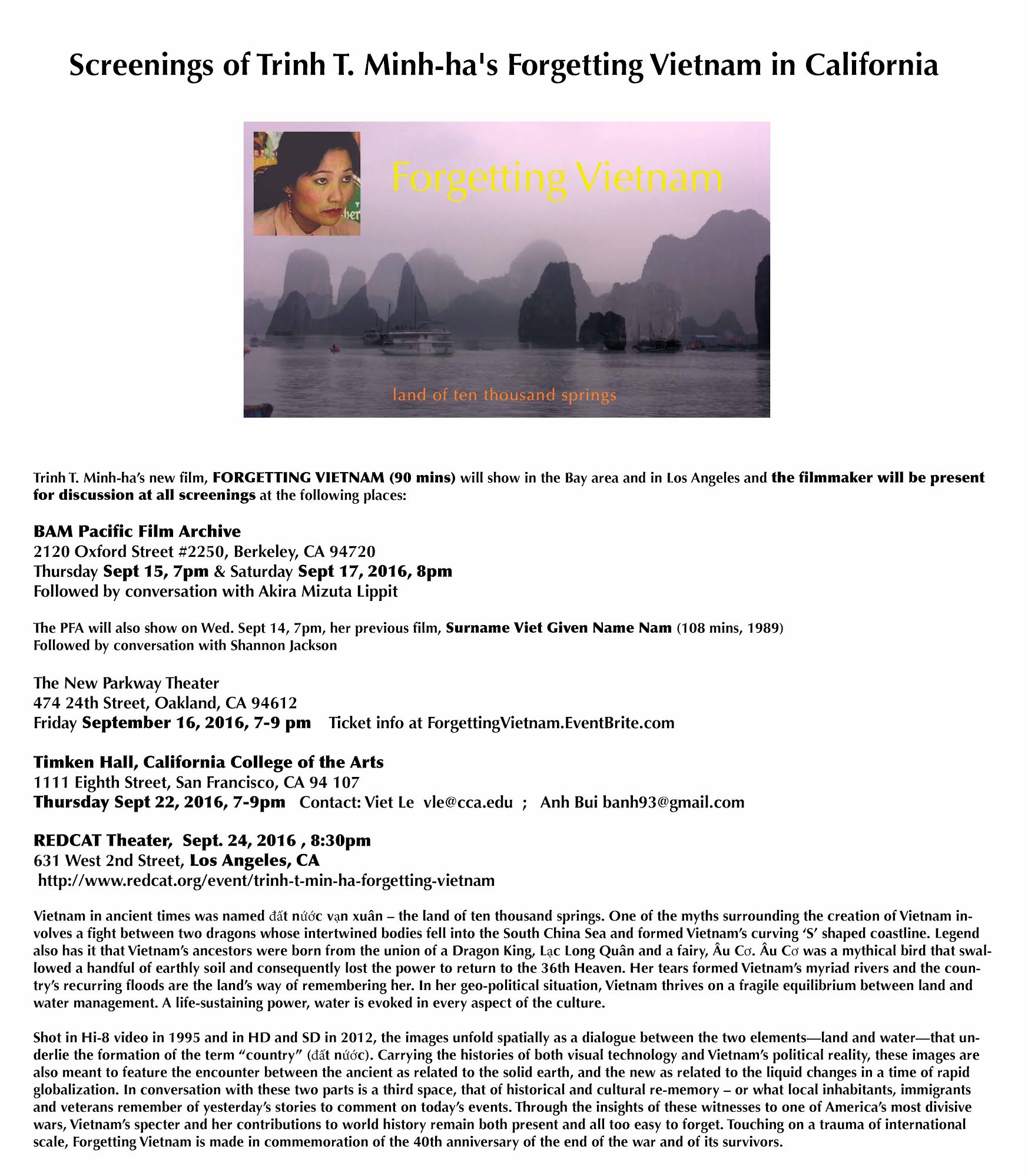Things are not quite what they appear to be in Surname Viet Given Name Nam, Trinh T. Minh-ha’s masterful 1989 documentary.
Beginning as an apparently straightforward portrait of several women’s lives in past and present Vietnam, the film grows increasingly experimental as it continues, morphing into a feminist, post-colonial interrogation of form, positionality, the authority of the image, and film ethnography itself. Trinh upends expectations, and the result is far more insightful film than the earnest documentary it initially appears to embody.
Surname Viet Given Name Nam — a title that already, as Jonathan Rosenbaum astutely notes, “undermines conventional notions of unity and identity” — features interviews with several different women, each of whom reflect different aspects of what we might call “the Vietnamese experience” (though that totalizing notion will be dispensed with soon enough).

There is a disillusioned Leftist deeply suspicious of the ways in which the government has deployed the female peasant to ground their power and give the illusion of liberation, a housewife reflecting on the pressures she has faced over the years, and so on. Trinh’s camera catches them at odd angles, in half-darkness, or she keeps the frame on their hands rather than faces, then impatiently moves in unexpected directions. Sometimes they pace and speak off-camera entirely. Her subjects can speak movingly and eloquently in sometimes heavily accented, near-inaudible English, with the occasional subtitle or supplementary text appearing on screen. At various moments, the sincerity fades and something “artifical” seems to underlie the proceedings.
And indeed it does, to a degree (and if you accept the distinction between the artificial and the Real, which you should not). Artifice abounds in Surname Viet Given Name Nam. For one thing, these are all revealed to be actors playing parts, reading the words of others. Trinh displaces them, and us — we follow the actors, all refugees, instead to their lives in the U.S., where we visit a classroom, a wedding, a Miss Vietnam USA competition. It is as though they are in two places at once in the film, everyone doubled, here and not-here. In the “Vietnam” section, they speak English; in “America”, Vietnamese.
This is an apt approach to diasporic truth, as well as translation or Derridean iterability. (“Do you translate by eye or by ear?” asks one narrator. The film seems more interested in translation by heart, or instinct.) It’s also an ideal visual representation of Trinh’s focus on the “inappropriate/d other”, which she addressed in an interview with Slovenian philosopher and artist Marina Gržinić:
We can read the term “inappropriate/d other” in both ways, as someone whom you cannot appropriate, and as someone who is inappropriate. Not quite other, not quite the same. Of course, there are many other terms which I’ve handled similarly in my writings, such as “the moon” or the colors “red” and “gray” for example. Depending on the context, one term may prove to be more relevant than the other. In response to your question, I would say certainly, for how can a notion like “the inappropriate/d other” be subjected to the times for its effectiveness, when its very function is to resist appropriation? All depends on how the notion is lived and carried on. Since inappropriate(d)ness does not refer to a fixed location, but is constantly changing with the specific circumstances of each person, event or struggle, it works differently according to the moment and the forces at work.
To relate this situation in which one is always slightly off, and yet not entirely outside, I’ve also used the term “elsewhere,” to which I’ve often added “within here”-an elsewhere within here. That is, while one is entirely involved with the now-and-here, one is also elsewhere, exceeding one’s limits even as one works intimately with them. This is a dimension that one develops simultaneously, not something that happens linearly and successively in two time-phases, with one coming before the other.
In Surname Viet Given Name Nam, Trinh artfully aims at a cinema of inappropriate/d otherness. The non-diegetic layering of traditional song over recreated interview, as refugees recite the words of others translated from Vietnamese to French to English, all serve to dis-locate us from any stable position. The goal is not just to get at truth through a lie, but to functionally liberate meaning from the authoritarian structures of patriarchal demands. At one point in the film, Trinh herself asks, “How many, already, have been condemned to premature deaths for having borrowed the master’s tools and thereby played into his hands?”

For all this heady business, Surname Viet Given Name Nam is also rapturously beautiful to behold, a mix of slow movements and intuitive framing that creates something like a trance in the viewer. Ironically, and perhaps incidentally, this is an inversion of the earliest forms of film ethnography, particularly Margaret Mead and Gregory Bateson’s use of 16 mm cameras to “capture” the rituals and daily life of the Balinese communities they considered more prone to trance-like engagements. For Mead and Bateson, and many to follow, cinematic and photographic representations of culture were prized as unmediated truth, forgetting there is always someone behind the camera. For Trinh Minh-ha, the mediation is the message.
Comparisons to more recent documentaries that play with the “fictive” and the “real”, like those of (for instance) Errol Morris or Joshua Oppenheimer, are inevitable, as are invocations of the oldest ethnographies, like Flaherty’s famous half-stagings in the snow.
But Trinh’s film has far more in common with someone like Abbas Kiarostami: in the blocking, in the pacing (of film and subjects), in the deployment of artifice to dig for deeper resonances, she is not merely working in the realm of the “fictive” and “real”, form and content, but sabotaging that binary, and many more besides.

In an as-yet-unpublished interview (graciously provided by the director), she speaks of this project — breaking from such binaries, the intermingling of production and reception — as one of the central concerns of her art. At its root, Surname Viet Given Name Nam is not a “puzzle movie” or simply self-reflexive, avant-garde documentary.
It’s an invitation to engagement rather than interpretation, a multiplicity of meanings that turn in on themselves while still attempting to “map” the infinite modes of being, presentation, and iterability in the worlds in which we live. And as in many of Kiarostami’s films, Trinh’s approach aims to find itself in itself, leaving open texts for readers to inhabit and, in that way, create for themselves.
Surname Viet Given Name Nam plays tonight at the Berkeley Art Museum and Pacific Film Archive, with Trinh Minh-ha in conversation afterwards. Her new film, Forgetting Vietnam, will also be playing this week at the PFA. Other dates are listed below.


